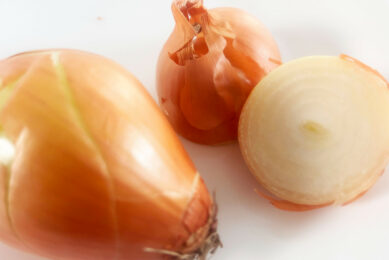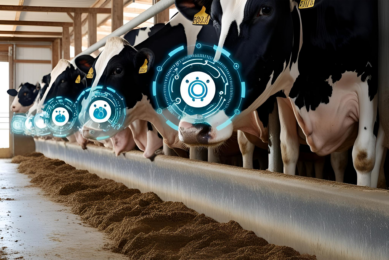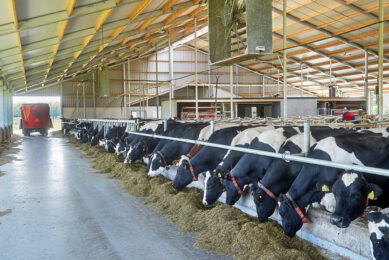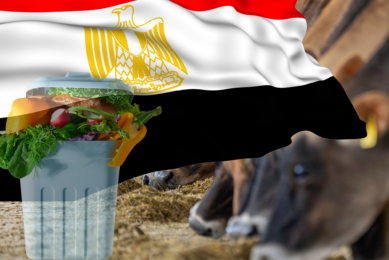Halving carbon footprint of dairy diets while maintaining milk yields
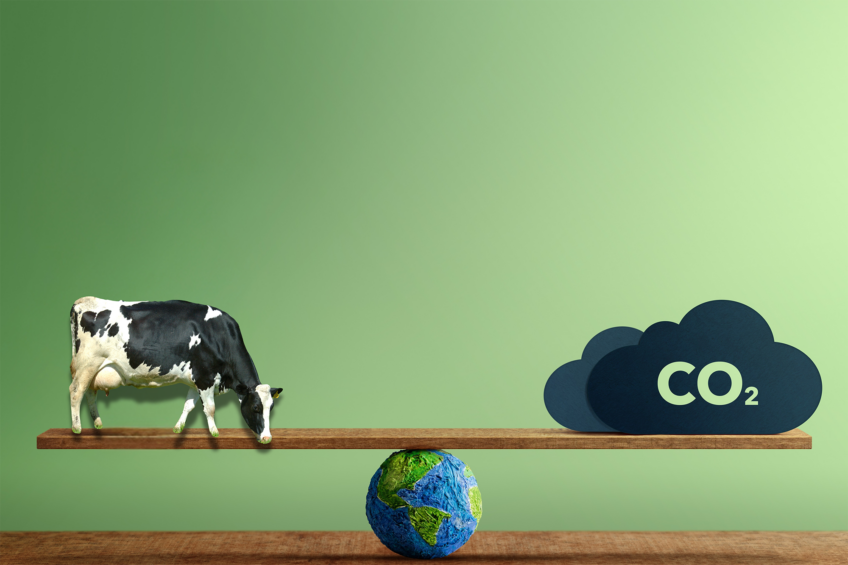
Results from a trial in the far south west of England have found it is possible to reduce the carbon footprint of dairy rations by more than 50% but still maintain milk yields and boost milk proteins.
The trial involved 140 cows in the 210-head dairy herd at Duchy College, Stoke Climsland, Cornwall, which is one of Mole Valley Farmers’ Focus Farms, selected to showcase innovative solutions and industry best practice.
The cows received 1 of 2 diets – a standard and a low carbon footprint diet:
Standard diet
This is a standard high fibre, low starch diet, commonly seen on UK farms:
- 32kg fresh weight/head/day grass silage and 10kg wholecrop.
- Fed with a meal including soya
- 17.5% crude protein in the total diet.
Low carbon footprint diet
This was formulated to have a 58% lower carbon footprint compared to the standard diet and 5% less methane output. The diet had low fibre and was a soya-free ration.
- 25kg fresh weight/head/day of maize silage, 10kg wholecrop and 7.5kg grass silage.
- Balanced with a non-soya meal, which includes prairie meal, beans and Novapro – a British-grown, rumen-protected rape seed
- 16.5% crude protein in the total diet
- Supplementary methionine and lysine to raise protein efficiencies
- Both were balanced with a Climate Positive Agriculture no soya, no palm, 14% crude protein parlour concentrate.
With the herd calving in an autumn block, 70 animals joined each study group immediately post calving in 2023 and were fed diets for 9 weeks.
Results
The results showed:
- Milk yields were not significantly different
- The standard, higher fibre diet resulted in higher milk fat
- The lower carbon footprint diet resulted in higher milk protein due to starch levels driving propionate production
- There was no impact on cow body weight, calving interval or metabolic status.
Mole Valley Farmers nutritionist Pete Reis said: “The fact that we can feed a no-soya ration with a lower environmental impact and produce similar yields is a real positive. In addition, doing that while raising milk protein levels could be a plus for farmers on cheese contracts.”
This includes the Duchy College’s Future Farm, whose milk buyer Saputo, produces brands such as Cathedral City and Davidstow cheddar cheese.
Further research
The next step will see Mole Valley Farmers conducting a new 90-day trial at Duchy College to see whether it’s possible to produce high yields on a grass-based, low carbon footprint diet.
The same grass-based diet is being used in both groups, with nutrient levels changed in the accompanying meal to deliver milk constituents of either 3.6% fat and 3.6% protein or 4.2% fat and 3.2% protein on yields of 38 litres a cow a day. Both are 17% crude protein diets and incorporate amino acids. The results are expected later this spring.




